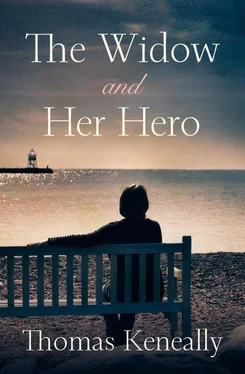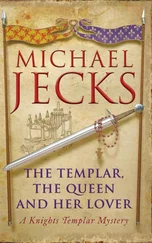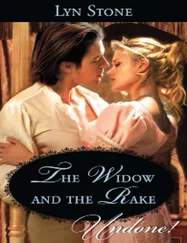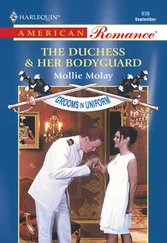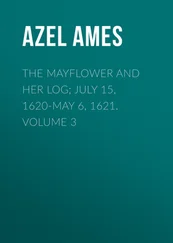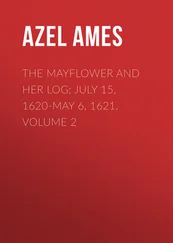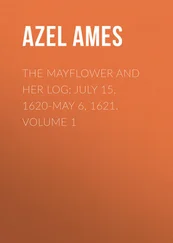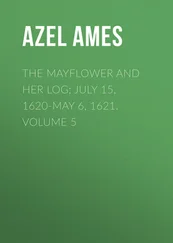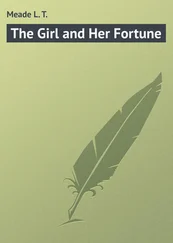The affidavit of the surviving Malay policeman from the patrol boat was read to Filmer. Poor fellow, a local mixed up between two powers, seeing his fellows on the launch cut to pieces, and then himself diving, bleeding copiously, into the water. But it strikes me that, abstracting from race, Leo and all the other Australians had a lot in common with that Malay cop. Like the policeman on the patrol boat who was a servant of the Japanese, they were also caught up in other people’s Imperial dreams, doing for Churchill what Churchill never did for us, with all his talk of Australians being of bad stock and bound to cave in to the Japanese anyhow.
Leo was the next brought forward before the court, and he accepted the charges just as Filmer had. He offered the information that Doucette had worn his badge of rank while on the junk but he himself had not. He had shot at the patrol boat, and had also resisted the landing by the army at Serapem, but he was not sure if he had killed any Japanese soldier. He admitted he had sketched and photographed islands and shipping, and made notes. That is all that’s in the record – no pleading, no mention of a young wife and of her hopes and rights and expectations. In that regard, I suppose, he had nothing exceptional to plead. He had worn commando grease to colour his face and had stopped wearing a beret after they all got on the junk.
In turn, each of the other men admitted the same, in their peculiar and grievous honour.
The afternoon showers stopped, Hidaka told Lydon, and the sun came out with its afternoon intensity, and then yielded to shadows from the foliage of the Raffles College garden. The cocktail hour. All the accused were asked to stand. Each one was asked did he have anything to say in his defence. The judge urged each of them to point out anything in their evidence which was to their advantage. None of them said anything. The silence of honour locked the tongues of Leo, Hugo Danway, Jockey Rubinsky, Chesty Blinkhorn, Sergeant Bantry, the naval rating Skeeter Moss, Mel Duckworth, Major Filmer. Each of the accused was asked if he had any objection to the statement of any other member of the party. One by one they said they didn’t. You can imagine a robust fellow like Chesty Blinkhorn thinking, Wouldn’t give the bastards the satisfaction. Each was asked if he wanted to alter any part of his statement to the Suijo Kempei Tai or the prosecuting attorney, and they all said no. Thus, bridges burned, they all turned their inner eye to the sword’s edge.
Hidaka, in his white suit, hung his head. Prosecutor Minatoya then went into his fancy arguments as the air thickened around the heads of the accused. The Hague Convention 1907 required that all ships other than warships, entering an attack, must affix to themselves a true representation of their nationality. Hostilities conducted under false or no colours were a crime under international law. The junk flew a Japanese flag, and hence no British flag was flown, and commando dye and sarongs were deliberately used to make the junk look civilian. They should also have worn badges of rank or unit to identify them as belligerents. The fact that they were wearing Australian jungle fabric, very much like that which the Japanese used, was no adequate warning that they would attack the patrol boat.
Minatoya then argued with less legal validity that military personnel lose their right to be treated as prisoners of war if they disguise themselves. The green military shirts most of the men wore were not enough. Then, tying himself in a knot, he further claimed that international law in any case gave way to the law of the capturing country, and so whether under international convention or Japanese occupation law, the men were doomed. The occupation law involved, he said, was the Martial Law of Japanese Southern Expeditionary Force, Section 2, Clause 1, Paragraph 1 (iv).
Minatoya made mention of the poison they carried, the capsules which would come as a surprise to us women when we first heard of them from Mr McBride. Their possession of such poison demonstrated that they could countenance death with composure (a supreme virtue in his eyes), just like the sailors involved in the Japanese midget submarine attack on the Chicago in Sydney Harbour three years past. The Australians had treated those heroes with full honours, and now it was the chance of the Japanese to treat Australian heroes with equivalent honour.
Have you ever heard such utter horse-feathers? the ageing Dotty had once asked me in a letter. With one sentence he says they’ve violated international law, and with the next he deifies the poor sods. For Lydon had sent her the transcript too, including the peroration of Minatoya’s address to the court. It went this way, or was later doctored to go this way:
These men struck out from their native home, Australia, with the most ineffable patriotism blazing in their souls, and with the expectations of all the people of their country upon their shoulders. They battled most sublimely to attack and evade. The last moments of such lives as theirs must be sublime and appropriate to their past history. For heroes are extremely jealous of their popular regard, the way their memory will stand amongst their people. This is a feeling the Japanese people know and respect. And so we must glorify the last moments of these heroes as they expect and as they deserve, and by doing so, the names of these men will be invoked for all eternity, in Australia and in Britain, as those of truest heroes.
This Let’s give ’em the send-off they deserve argument included the rider Even if it kills them . As Dotty said, utter horse-feathers. And before sentencing, as sudden darkness closed the day, that fool Filmer thanked Minatoya for saying his bravery was likely to be remembered in Britain and Australia. He did at least make the point that at the time they captured the junk, flew the flag and attacked the patrol vessel, he had not believed he and his fellow soldiers were engaged in any unfair or illegal combat. At the time he and the others had not realised, he confessed, that these were such grave crimes. Now he was willing to face the punishment that was due.
Some of the hobbyists and researchers think Hidaka was later given the job not only of translating the trial into English but of prettifying it as well – if any of it could be called pretty. That his job was to make it all seem less a show trial, something decided before Leo and the others even entered the court. Some researchers have told me too that the Memerang men were tried and liquidated entirely for the sake of the Oriental value of face , and that they were to die not for their efforts in Memerang but for the earlier success of Cornflakes. After that previous raid, it turns out that the Japanese brought into Singapore from Saigon a special investigative unit of the Kempei Tai, the Japanese equivalent of the Gestapo, to investigate the blowing up of the port’s tonnage. The Kempei Tai were convinced that the ships destroyed in Singapore by Doucette’s Cornflakes in 1943 had been targeted not by raiders but by local saboteurs working with some influential civilian prisoners of war at Changi, whom they accused of being in communication with the Allies by radio. They arrested former executives of British oil companies, wealthy Chinese they suspected of belonging to sabotage cells, and humbler Chinese – a woman who ran a soup stall at Keppel Docks. Many of the people arrested were killed. The arrests also extended to Malays, twenty of whom were still in prison that afternoon Leo’s trial began. They were under sentence of death for their nonexistent roles in the sabotage really created by Cornflakes. As Tom Lydon says in his book, ‘Hidaka would early let Leo Waterhouse’s group know that other men were under the death sentence for a supposed part in Cornflakes, and that seems to have influenced the way the Memerang men behaved at their trial.’
Читать дальше
